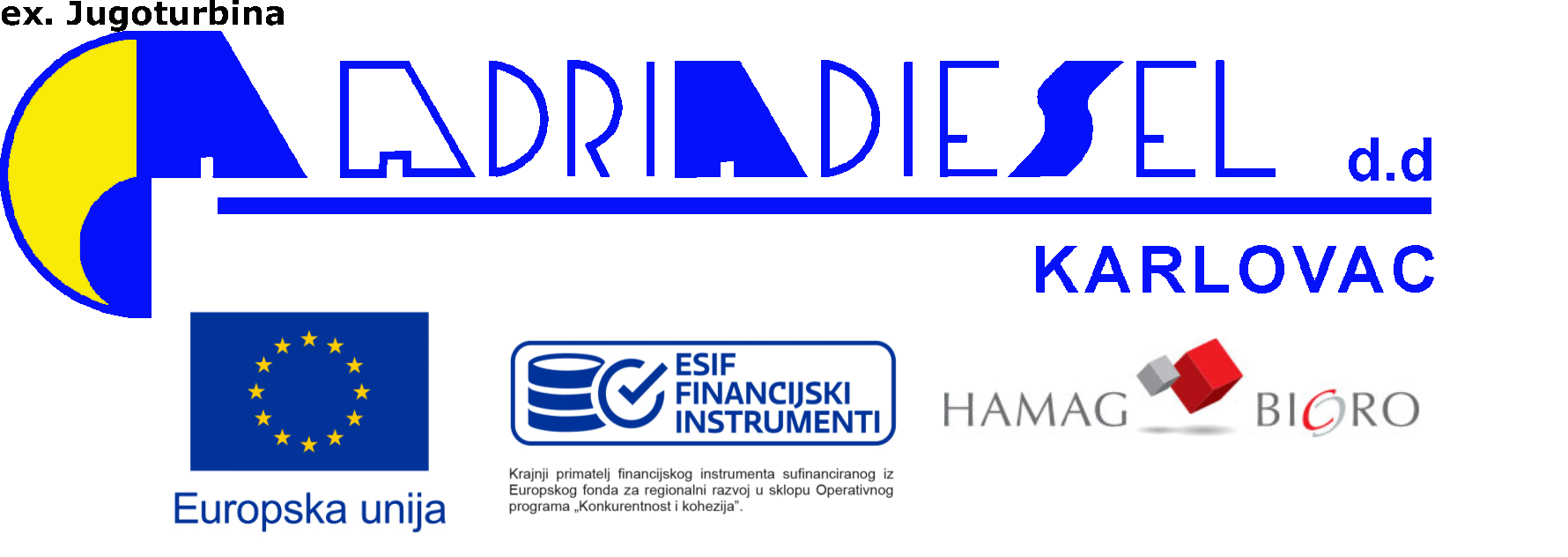Author: Dr. Nenad Končar, M.Sc.Eng.
Date: May 22, 2025
A Silent Revolution Amid the Climate Crisis
In an era dominated by news of heatwaves, droughts, and extreme weather events, a technological revolution is quietly unfolding that has the potential to transform our energy systems. Energy storage through batteries is no longer a promise of the future—it has become a present-day reality.
Industry Enters the Terawatt-Hour Era
According to the latest data from the International Energy Agency (IEA), global annual demand for batteries has surpassed 1 TWh for the first time. In 2018, production capacity was only 150 GWh; today, it exceeds 3 TWh, with expectations to triple by 2030. Batteries have evolved from auxiliary technology to a cornerstone of future power systems.
Price Drop Sparks Market Explosion
With lithium prices falling over 85% in just two years and battery costs dropping below the psychological threshold of $100/kWh, battery technology has become widely accessible. China now controls over 75% of global battery production, leveraging vertical integration and collaboration among tech leaders like CATL and BYD.
New Chemistry Takes the Lead: LFP Surpasses NMC
Traditional NMC (nickel-manganese-cobalt) batteries are gradually being replaced by LFP (lithium iron phosphate) batteries, which are cheaper, safer, longer-lasting, and free from ethically problematic cobalt. Today, LFP batteries account for nearly half of the global electric vehicle market.The Washington Post+1Wikipedia+1
Geopolitics of Storage: Beyond Technology
The race to control battery capacities is increasingly a geopolitical issue. The United States is investing billions through the Inflation Reduction Act but faces political uncertainties. The European Union lags behind, with project failures like Northvolt highlighting the challenges of developing the industry without strong alliances. Meanwhile, Morocco and Southeast Asia are emerging as new production hubs, thanks to resources like phosphate and nickel and proximity to key markets.
Croatia: A Small Country with a Big Opportunity
Despite its size, Croatia has the chance to participate in this transformation. Companies like Adriadiesel are developing modular container battery systems based on second-life batteries from electric vehicles, combining circular economy principles, sustainability, and innovation.
Adriadiesel's Container Systems: Smart Storage for Smart Grids
Each unit (up to 1.5 MWh) includes:
- Climate control and safety systems
- Autonomous regulation for auxiliary and main grids
- Rapid response to frequency oscillations
- Black-start capability
These scalable systems—over 600 containers—can meet regional energy needs and are ideal for integration with wind and solar power, as well as critical infrastructure and industry.
Technical Comparison: LFP vs. NMC
| Characteristic | LFP (LiFePO₄) | NMC (LiNiMnCoO₂) |
| Energy Density (Wh/kg) | Lower (90–160) | Higher (150–250) |
| Cycle Life | Longer (2000–7000 cycles) | Shorter (1000–2000 cycles) |
| Thermal Stability | Very good (lower fire risk) | Moderate (higher overheating risk) |
| Safety | Higher (less explosion risk) | Lower (more sensitive to heat) |
| Raw Material Cost | Lower (no cobalt or nickel) | Higher (depends on cobalt and nickel) |
| Operating Voltage | Lower (~3.2 V nominal) | Higher (~3.6–3.7 V nominal) |
| Low-Temperature Performance | Weaker | Better |
| Volumetric Energy Density | Lower (more space per kWh) | Higher |
| Environmental and Ethical Impact | Lower (second-life applications) | Higher (cobalt mining concerns) |
| Typical Applications | Energy storage, low/mid-range EVs | Premium EVs, portable electronics |
Conclusion: This Is Not a Passing Trend—It's a Fundamental Change
In a world increasingly reliant on solar and wind energy, battery storage provides flexibility, resilience, and energy independence. Ignoring this technology means missing an opportunity for technological and economic sovereignty.
Contact
For more information, technical documentation, or collaboration on battery storage system development:
? This email address is being protected from spambots. You need JavaScript enabled to view it.
? www.adriadiesel.hr










